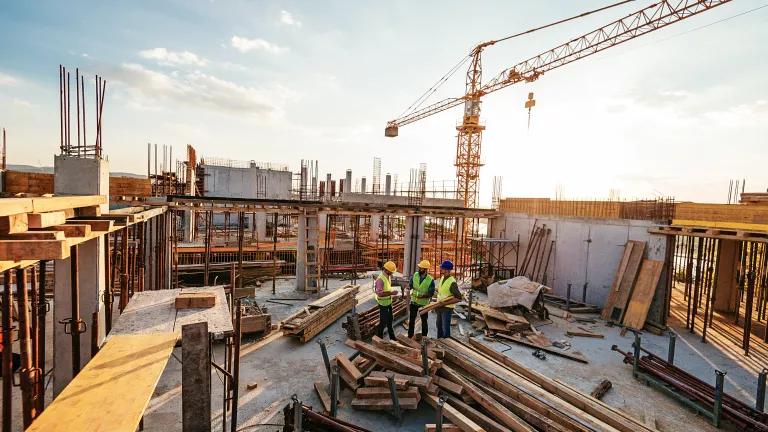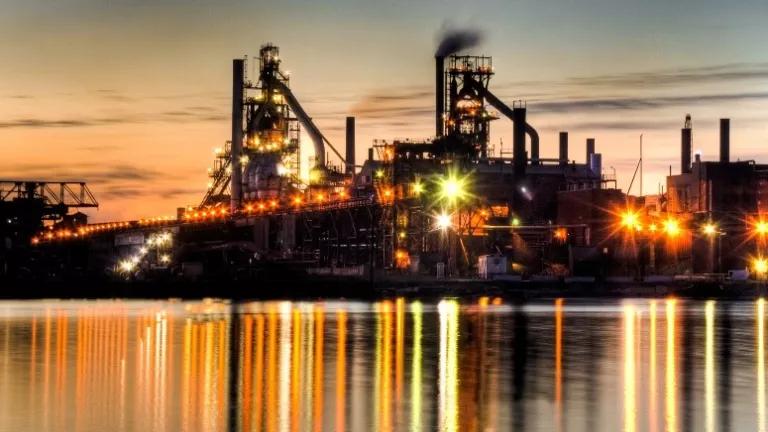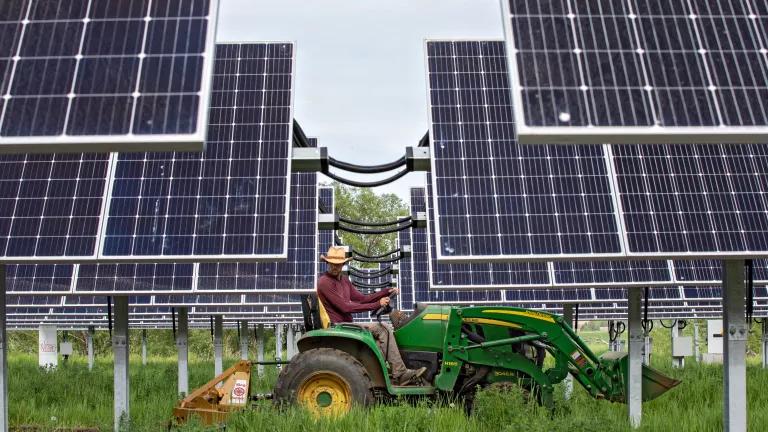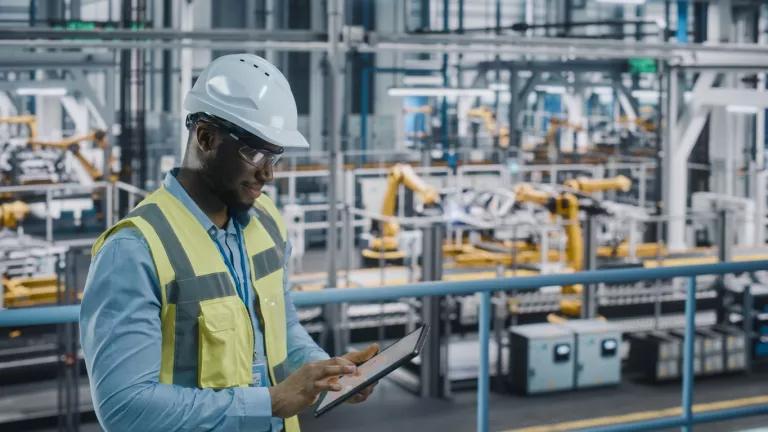Congress Can 'Build Back Better' With Low Carbon Materials
The country is on the precipice of a generational investment to renew American infrastructure. Policymakers can ensure we literally ‘Build Back Better’ with cleaner concrete, cement and steel holding up the next generation of America’s schools, roads, bridges, and office buildings.

As Congress debates the FY22 budget reconciliation bill, the country is on the precipice of a generational investment to renew American infrastructure. Policymakers can ensure we literally ‘Build Back Better’ with cleaner concrete, cement and steel holding up the next generation of America’s schools, roads, bridges, and office buildings.
Whether federal agencies are looking to construct high performance green buildings, rebuild a road or school after a natural disaster, launch a sustainable building pilot, make a community more climate resilient, or refurbish existing federal buildings, they should seek to do so using low carbon building materials. Congress can help cover any small cost premium through funding in the reconciliation bill.
A group of NGOs and companies sent a letter this week underscoring this opportunity and calling on Congressional leadership to provide at least $6 billion in funding for federal procurement of low carbon materials in the bill. The letter also urged funding to help industrial manufacturers generate high-quality data on their embodied emissions and for direct investments to retool existing plants and build first-in-class plants that can produce ultra low-emission steel, cement and other materials using transformative technologies.
Under business as usual, industrial greenhouse gas (GHG) emissions are on track to top those from transportation and the power sector within the decade. At the same time, the materials these industries produce are foundational to modern life and have few, if any, viable substitutes. Retooling and innovating to deeply decarbonize products and processes inside American factories is therefore key to our national climate goals. As the largest purchaser of concrete and other building materials for publicly funded construction projects, the federal government has a unique opportunity to create early markets for low carbon alternatives and drive transformative changes in the industrial sector.
While building materials are typically a small fraction of the costs of a total construction project, they are often responsible for the bulk of its GHG footprint. The good news is that NRDC and our partners estimate that with improved information on the embodied carbon emissions of these products, GHG emissions savings of 10-30% are available at very low cost. The even better news is that deep decarbonization (over 60%) is available at a modest price premium of roughly 5-12%.
If a purchaser as large as the federal government flexes its procurement muscle to bring these low carbon materials to market at scale, it has the potential to translate to big emissions savings. We estimate that if all the cement and steel the federal government purchases for public construction was 30-50% cleaner, it could reduce emissions between 9.2 and 15.4 million metric tons of CO2 equivalent (MMt CO2e) by 2030. That’s the equivalent of taking 2 to 3.34 million cars off the road or eliminating the energy use from 1.1 to 1.9 million homes for a year.
The indirect market transformation benefits would be even greater. That’s because as more companies adopt cleaner manufacturing processes to compete for the large pool of federally funded construction business, those same manufacturers will be selling low carbon materials to buyers in the private market alongside the public sector, markedly increasing emissions savings.
In its provisions of the Build Back Better Act, the Energy and Commerce (E&C) Committee called out purchasing low carbon materials as a key measure to decarbonize federal buildings under a large Federal Energy Efficiency Fund run by the Department of Energy, alongside integrating clean energy and others.
Elsewhere in its bill, the E&C Committee also defined low carbon materials in a way that federal agencies across the board can use moving forward. That definition explicitly refers to Environmental Product Declarations or EPDs—a well-established tool that captures the total embodied emissions in a final product, such as concrete or steel. Buy Clean programs like that in California rely on EPDs, which the government can use to assess the average climate performance of covered industries or a contractor can use to assess the embodied carbon in a product or set of products. Wherever the federal government is looking to purchase low carbon materials, agencies should use this definition so EPDs are the accepted measurement for embodied carbon across all related but separate programs.
Importantly, the E&C Committee included $250 million in grants to fund generation of EPDs for businesses that participate in the federal procurement process. This financial and technical assistance will make it easy for manufacturers to implement EPDs and help generate data critical to improving visibility into the lifecycle GHG emissions associated with a range of industrial products. It’s critical that this funding remains in the bill as it moves through Congress and that the Senate makes an equivalent investment. Funds across agencies that support low carbon materials procurement should likewise be harmonized so low carbon materials suppliers can participate across the board rather than face a patchwork of different requirements.
We have a unique opportunity to ensure that billions in near-term infrastructure investments—across the full range of publicly funded projects—go hand-in-hand with programs to purchase low carbon industrial building and construction materials. Doing so will not only deliver big emissions savings but support good jobs and American manufacturing.



